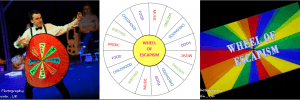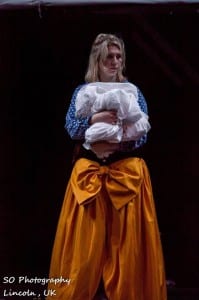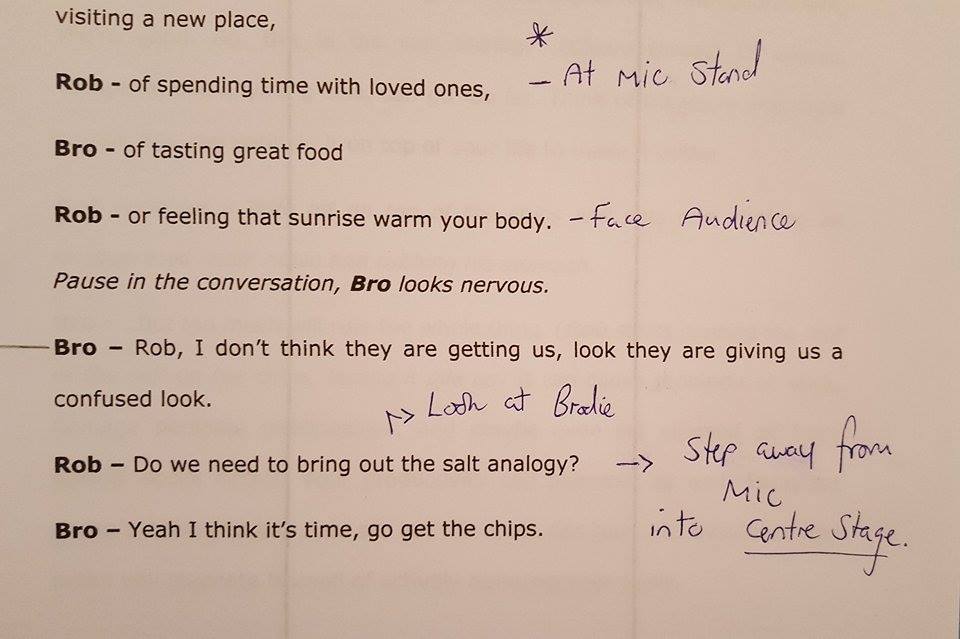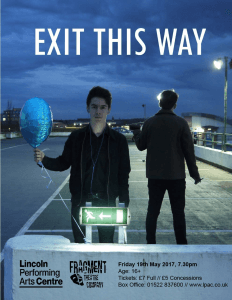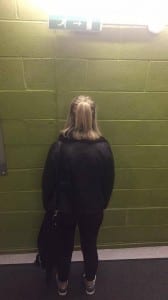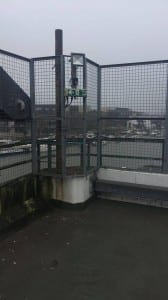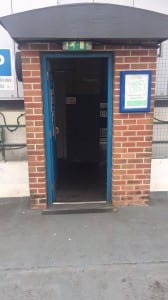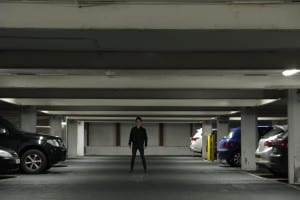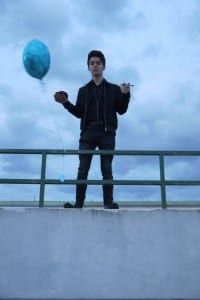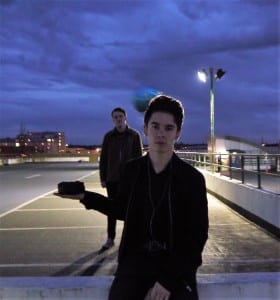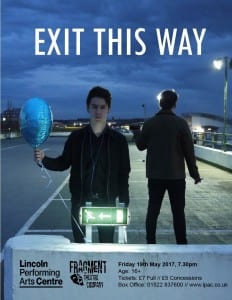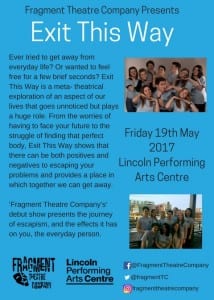The use of costuming is often overlooked as an element within theatre and has been purely regarded as an added embellishment to the stage. However ‘we can consider the power of costuming to shape identity’ (Monks, 2009, 3), which proves an important aspect in the creation of characters within a show, offering the audience a greater insight into who that character is.
At this point in our process, we wanted each character to have a clear costume to display that person’s personality and to make it obvious that the focus of the show was now targeted on this particular character. Our show is centred around the key prop which is named as ‘The Wheel of Escapism’, which ultimately decides the structure of the show by randomly selecting which section will be performed at what time. Each section of the wheel had a different theme and a different colour, for example the food section would be a purple segment with the word ‘food’ written on it. This prop influenced each characters costume vastly, as the colours of each characters outfits had to compliment the colour of each section. This was to enhance the idea of the game show aesthetic we were looking into using as it implies that each character can be seen as a team competing to win this escapism game show.
The end result of the costume/prop ‘The Wheel of Escapism’ (Odonnell, 2017)
An initial sketch of ‘The Wheel of Escapism’ (Goddard,, 2017)
The logo for ‘The Wheel of Escapism’ (Odonnell, 2017)
Each characters costume symbolised their way of escaping through the assigned colours. For example, the character of Laura escapes through childhood games, such as building a fort in her run down adult flat to avoid her adult responsibility of being in debt. Hence Laura’s costume would be something that she would wear whilst relaxing at home, e.g. a dressing gown.
There’s a heavy use of colour applied to each characters costume apart from the two hosts character that were recently created. This was because the host characters were in charge of this world and held the power over the other characters, therefore the difference between them and the other characters needed to be apparent. To portray this, they were dressed in formal suits to signify their importance and their passive colours of black and white helped to emphasise the fact that they were not participating in the game show.
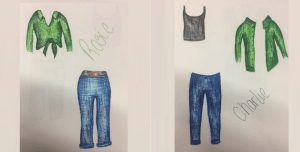
Sketches of the costumes for each character
(Goddard, 2017)
Works Cited:
Goddard, C. (2017)
Monks, A. (2009) The actor in costume. Houndmills, Basingstoke: Palgrave MacMillian, United Kingdom.
Odonnell, S. (2017) Fragment Theatre Company. Lincoln: SO Photography.
